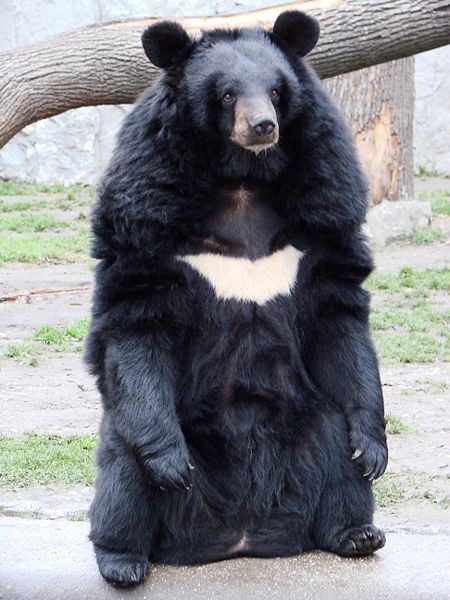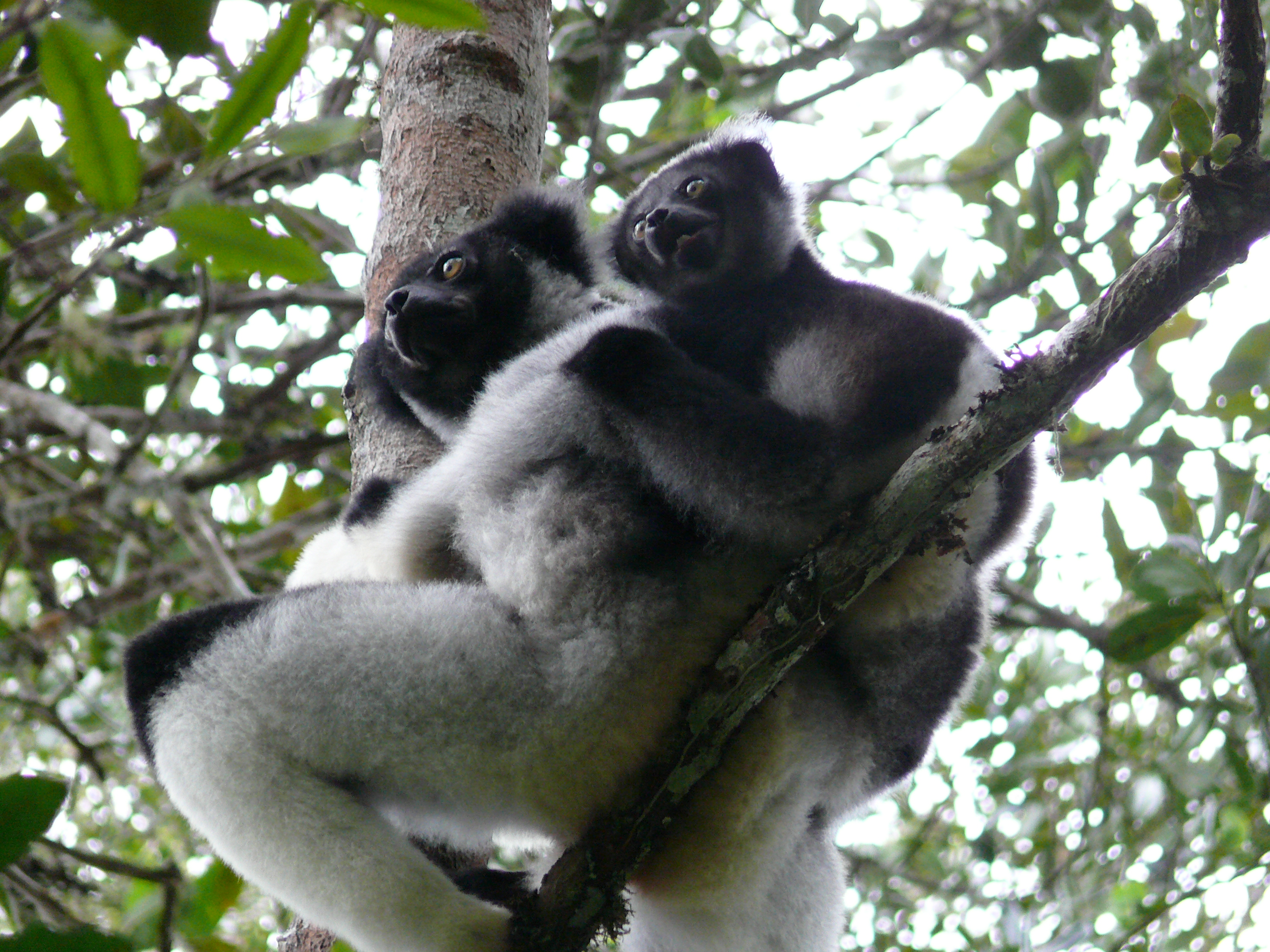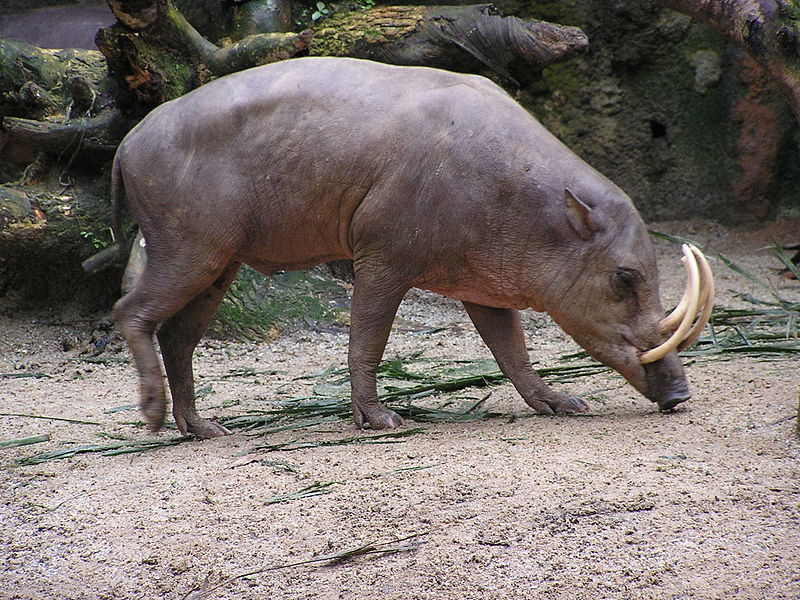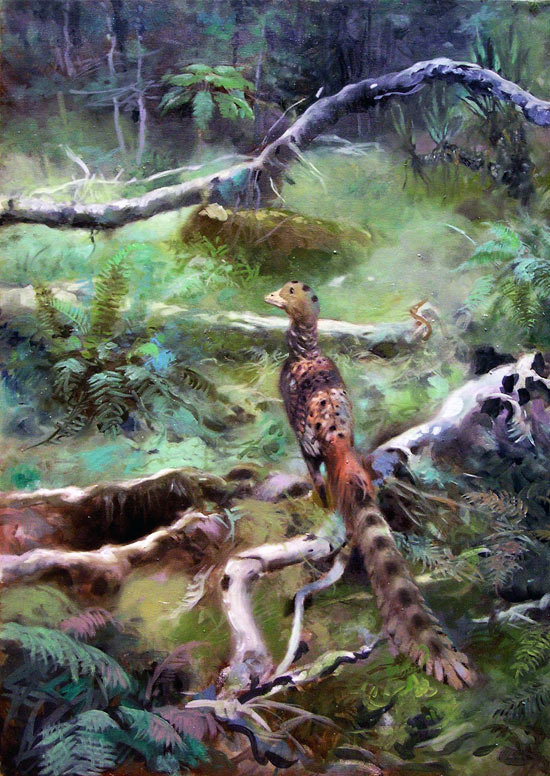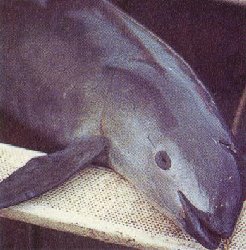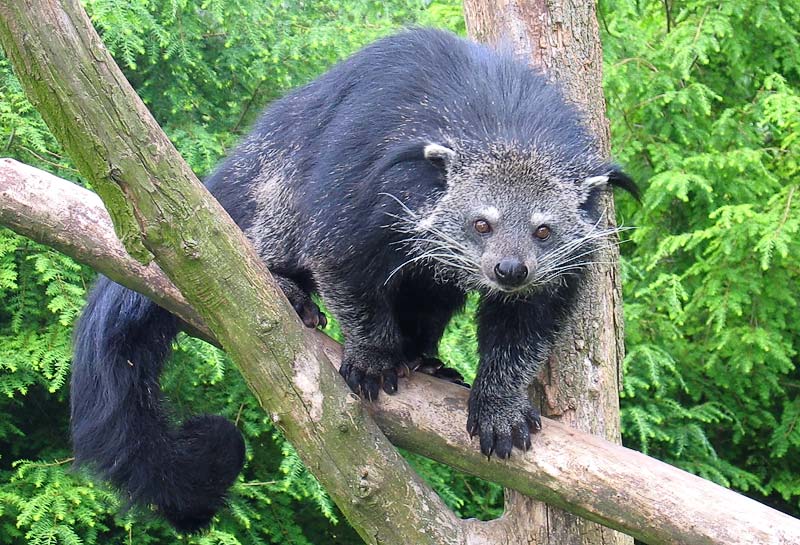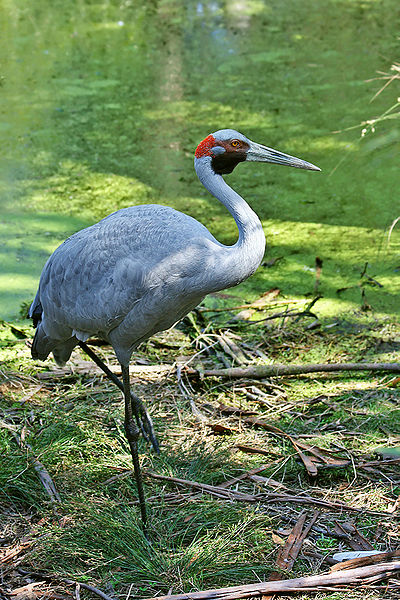
Did You Know?
- The Brolga is a member of the crane family found in tropical and eastern Australia
- The exquisite and complex mating dance of this bird species has made them known around the world
- Believe it or not the hatchlings of the Brolga are able to leave the nest within 2 days (Tweet This)
Breaking Out the Dance Moves
As usual, we will start with the most interesting aspect of the Brolga. Yes, I am talking about their unique mating dance of both the male and female (for once it isn’t just the male that has to impress). This dance of love starts with one bird picking up some grass and tossing it high in the air…before tossing themselves high in the air. Believe it or not, the Brolga is capable of jumping more than 1 m (3 feet) in the air with their outstretched wings. Once this fancy tossing is completed the birds will resort to good ol’ fashioned head bobbing, bowing and calling to attract the attention of their perfect mate. Interestingly enough, this mating dance may be completed by one member of the pair, both members or in some cases a large group (about a dozen or so birds). I guess it all depends on how comfortable and confident the birds feel while dancing.
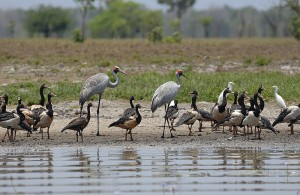
The Empty Nest
Once the incredible dancing competition is completed the male and female will stay together to ensure that the eggs hatch properly. Both the male and female will take turns incubating the eggs for roughly 30 days before their two little chicks manage to crack open those strong egg shells. As mentioned earlier, the young Brolga’s are able to leave the nest after 2 days, however, they won’t be fully feathered for about 3 months and it takes an additional 2 weeks before they can fly. For this reason the parents will typically stay with their young for about 11 months unless they decide not to re-nest in which case the parents will continue guarding there children for 2 years. I guess it is tough to watch your kids pack up and leave, but at least we now know that birds do indeed suffer from “empty nest syndrome”.

